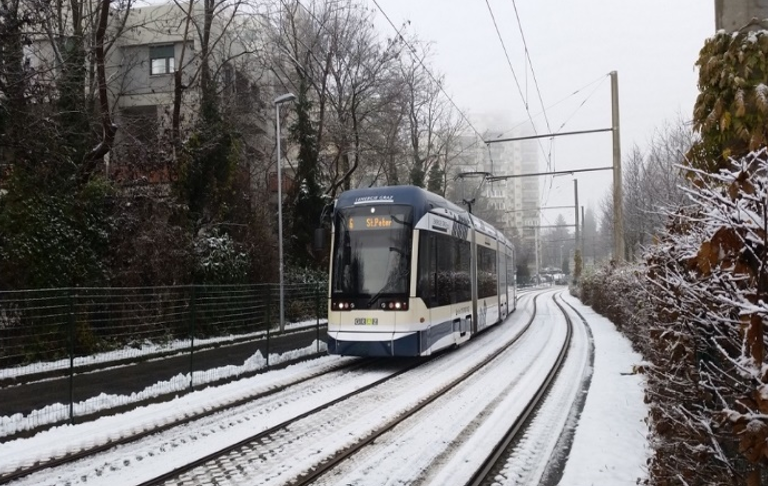
St. Peter is a rapidly growing district in the periphery of a capital city. Nowadays, more than 10,000 people live in the three largest housing settlements and yet the area is inadequately connected to public transport, thus the car density is very high.
Therefore, the city government is planning to build a tram line which would connect the district within 15 minutes to the city centre. Many residents are in favour of the project, but there is also fierce opposition. Parking lots will be lost along the planned route. In addition, the route touches a nature reserve for about 200 meters. The construction work will require the cutting down of about 30 trees, mostly willows, ash trees and hornbeams. Now a referendum is to be held to decide on the construction of the tram line.
How would you decide?
Does the benefit of reducing car traffic outweigh the disadvantages? How great is the damage caused by cutting down the trees? Are there compensatory measures, e.g. reforestation, that can offset the negative impact or even improve the ecological situation? Who are the winners or losers in the case of tram construction?
This Worksheet is part of the Quartely Problem Series. For more quartely problems and other classroom materials, click here.
Picture Sources: Hans-Georg Frantz
CC-BY-NC-SA 4.0 licence granted
Content-related competences
